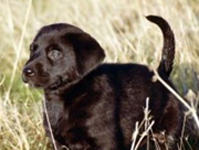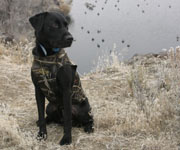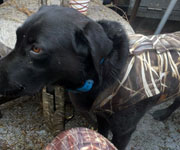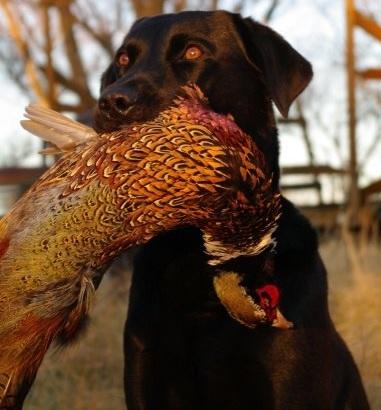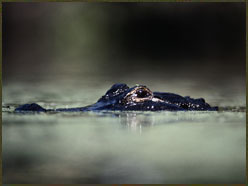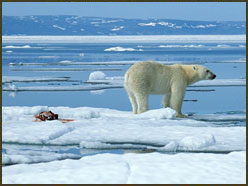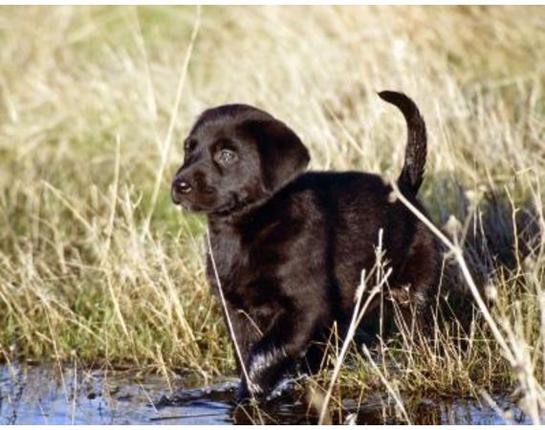
Most gun dogs thoroughly enjoy frolicking and lounging in cool water; be that a lake, pond, or a muddy puddle. Young puppies, however, might have some reservations about swimming in the unfathomable depths. That’s perfectly natural. Here are a few tips to help coax your pup into swimming, retrieving and cooling off this summer.
Positive and no pressure:
No good comes from forcing a dog to swim. Moving an introduction to water, birds or guns faster than a dog’s maturity or comfort level dictates is a sure-fire way to create problems – which can last a lifetime.
Keep all introductions and time around water positive and playful. Let the dog wade in on his own and do what he wants. Don’t drag him out into deeper water by a leash or use other means of speeding up the process.
Hot days help:
A dog will have a natural tendency to submerge himself in cool water in order to cool off. The heat-sink effect of the water sucks body heat away from the dog and cools them off quickly, as opposed to the dog attempting to cool down by panting. A nice warm day, a couple of minutes of playing/training and a visit to the pond might be all it takes to increase the comfort level of a pup to the point of swimming.
Bring the big dogs:
As pack animals, puppies are highly interested in and influenced by other dogs. If your pup is reluctant to get into the water past chest level, an older dog that jumps in, plays and swims happily might persuade him, or apply enough “peer pressure” to do so, too.
Deeper retrieves:
As is often the case, a puppy will wade along the shallows of a lake or pond, but not go any deeper than chest high. With retrievers you can use that drive to overcome their fear of not touching bottom. A couple of shallow-water retrieves in a depth that the pup can touch will get him comfortable with the scenario. From there it’s simply a matter of tossing the object a little farther each time. To be clear, these aren’t huge increases in distance; rather, it’s literally inches – just a couple of inches farther than the previous toss. When the puppy reaches tip-toe depth, the bumper should be just out of reach. He’ll be forced to take a swimming stride or two to reach it and return his comfort depth. The natural drive to retrieve overrules his fear. Don’t rush it. Keep it in this distance realm and stop before the pup gets bored.
Get in yourself:
Your pup naturally wants to be with you. Get in the water with him. Play, have fun, splash, call him to you. Get down on his level and coax him to you. Your presence will reassure him and your slightly deeper depth will push him to expand his comfort zone in order to join you.

